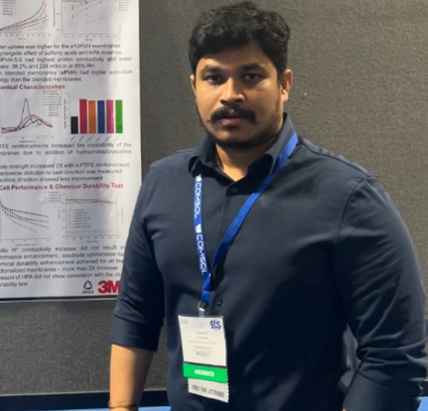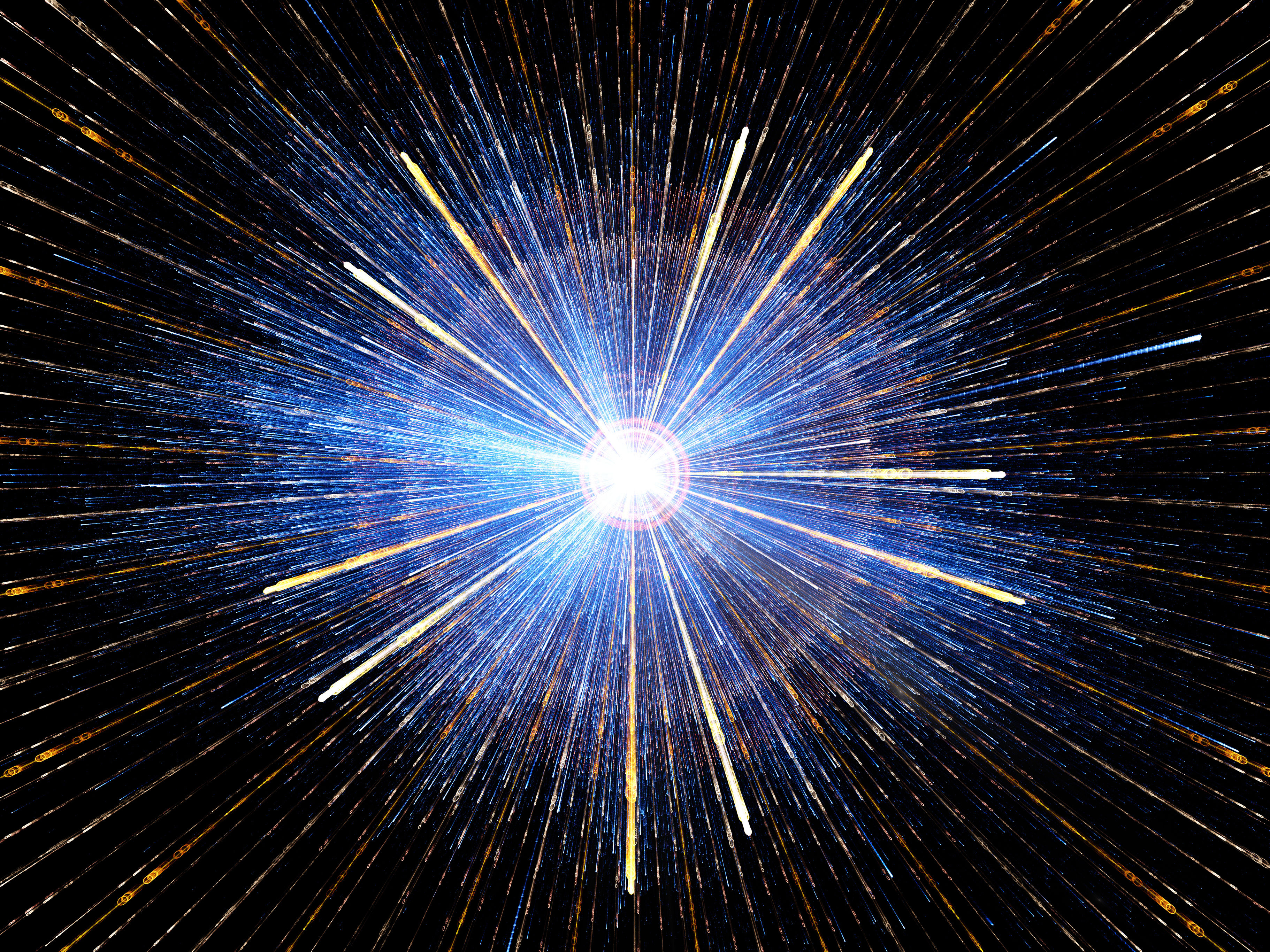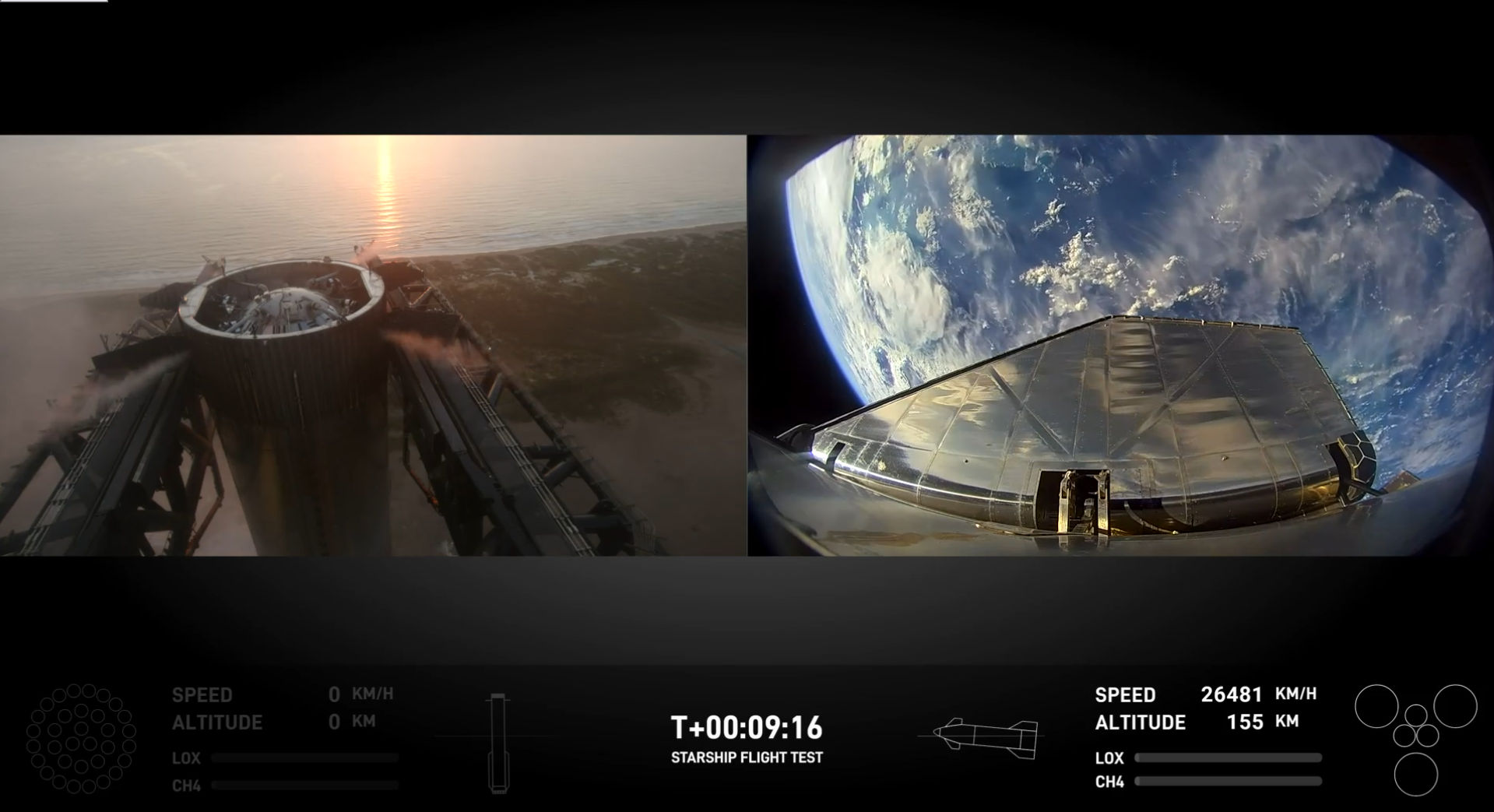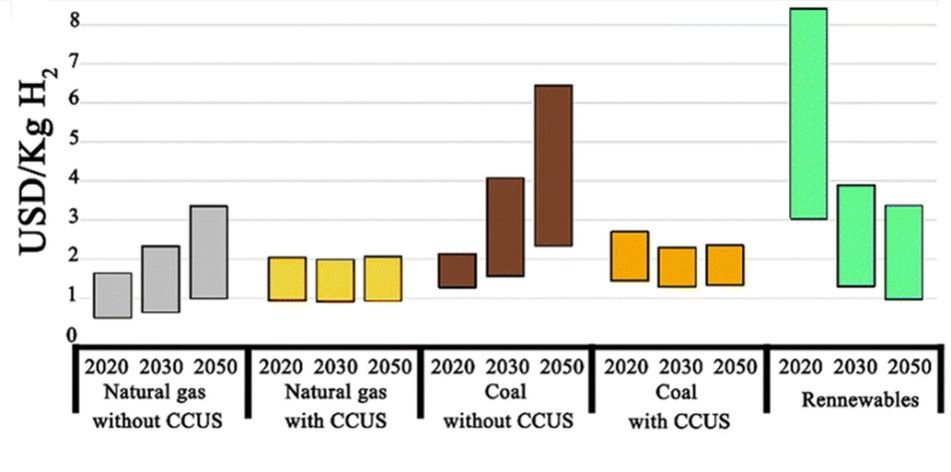Toward Sci-Fi Inspired Interstellar Travel
Toward Sci-Fi Inspired Interstellar Travel
Constant-Velocity Warp Drive: A New Path Toward Sci-Fi-Inspired Interstellar Travel?
Warp drives are no longer science fiction, according to new research on constant-velocity warp drives.
For decades, the thought of warp drives engines capable of bending spacetime itself has intrigued science fiction aficionados, particularly "Star Trek" viewers. These theorized propulsion systems would enable spacecraft to move at extraordinary speeds, even faster than light, by compressing space in front of them and expanding it behind them. However, the most renowned warp drive idea, presented by scientist Miguel Alcubierre in 1994, was based on negative energy, a highly speculative type of matter that is still untested and out of reach.
A recent study published in Classical and Quantum Gravity suggests a novel technique. Researchers led by Jared Fuchs from the University of Alabama in Huntsville and Applied Physics have developed a constant-velocity warp drive model that does not require exotic energy, making this concept substantially more practical within the constraints of known physics.
How Does the New Warp Drive Work?
Fuchs and his team's approach creates a stable warp bubble by using "traditional and novel gravitational techniques." This warp bubble travels at high but subluminal speeds just below the speed of light. To form the warp field, the model uses a stable matter shell and a certain shift vector distribution, which is similar to the structure of the Alcubierre drive. This model, in contrast to Alcubierre's, maintains energy conditions that are permissible under current physics, which might make it much more practical.
The scientists calculated the warp drive's spacetime metric mathematically and checked the energy requirements to verify they fulfilled the known restrictions. They confirmed that the shift vector distribution, which supports the warp field, is more than just a coordinate change; it is a novel solution in gravitational modeling.
A Breakthrough in Warp Technology?
Despite the positive results, it is critical to manage expectations. The suggested warp drive paradigm is mainly theoretical and is still far from being practical or ready for use in real-world applications. However, it implies that mankind may not require unreachable exotic energy to one day build warp-capable spacecraft.
This model might serve as a basic step toward future interplanetary trips. According to Applied Physics CEO Gianni Martire, this study marks the start of the "Warp Age," in which mankind advances toward science-fiction-inspired interplanetary travel.
What's next for Warp Research?
While considerable work has to be done before the technology becomes a reality, Fuchs' team's discoveries represent a big step forward. This concept presents a scientifically viable foundation for high-speed space travel without exceeding the limits of known physics. Who knows what fresh discoveries will emerge on the path to interplanetary travel when further research is conducted?
For the time being, warp drives remain a fascinating prospect, an intriguing combination of science fiction and theoretical physics that might one day allow us to explore distant galaxies.
Visualized Illustration of Warp travel : Istock
Reference & Suggested Reading
- Fuchs, J., Helmerich, C., Bobrick, A., Sellers, L., Melcher, B. and Martire, G., 2024. Constant velocity physical warp drive solution. Classical and Quantum Gravity, 41(9), p.095013. DOI: 10.1088/1361-6382/ad26aa, https://iopscience.iop.org/article/10.1088/1361-63...
- Alcubierre, M., 1994. The warp drive: hyper-fast travel within general relativity. Classical and Quantum Gravity, 11(5), p.L73. DOI: 10.1088/0264-9381/11/5/001. https://iopscience.iop.org/article/10.1088/0264-93...






















